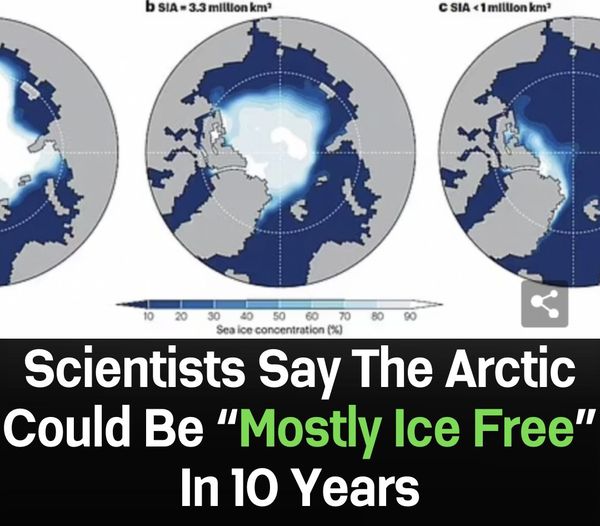On September 19, 2023, the Arctic had its sixth-lowest minimum ice extent since NASA began tracking it with satellites. At the same time, the Antarctic saw its smallest maximum ice coverage in history. This troubling trend isn’t new, but it seems to be getting worse.
Since 1978, when NASA started its satellite observations, Arctic sea ice has been steadily decreasing. Recent analysis warns that the Arctic might be mostly ice-free in September by the 2020s or 2030s. Now, “ice-free” doesn’t mean all ice is gone; it means there would be less than a million square kilometers of ice. Even in 2023, during the minimum ice period, the Arctic still had 4.23 million square kilometers (or 1.63 million square miles) of ice. By the 2030s, summer ice in the Arctic could shrink to about 24 percent of its 2023 size, no matter what happens with emissions.
Experts think this shrinking trend will continue, with the Arctic experiencing ice-free conditions more often by 2067, not just in September, but also in August and October. However, if we cut greenhouse gas emissions, we might delay this outcome. Arctic ice is very sensitive to carbon emissions, so reducing emissions could postpone long stretches without ice.
These predictions come from detailed research that looks at many studies, not just one. The potential consequences are serious, especially for wildlife that depends on sea ice. Polar bears, for example, use sea ice to hunt and are struggling as their habitat disappears. Less Arctic ice also makes it easier for ships to navigate, which could benefit commercial interests.
More companies, especially from China, are interested in operating in Russian-controlled Arctic areas. This increase in shipping poses new threats to wildlife, particularly marine animals like blue whales. The noise from ships can disrupt whale communication, adding to the challenges they already face.
Furthermore, melting Arctic ice speeds up global warming by reducing the earth’s albedo effect. When there’s less ice, there’s less surface to reflect sunlight, meaning more heat is absorbed by the oceans. This makes the melting happen faster and increases the rate of warming, leading to more frequent and severe heatwaves. It’s a vicious cycle of warming and melting.
While these predictions sound grim, there is hope because the Arctic reacts quickly to changes in climate. Unlike glaciers that take a long time to form, Arctic sea ice can come back relatively fast if we cut emissions. This highlights the urgent need to take action against climate change to protect the Arctic’s environment.




